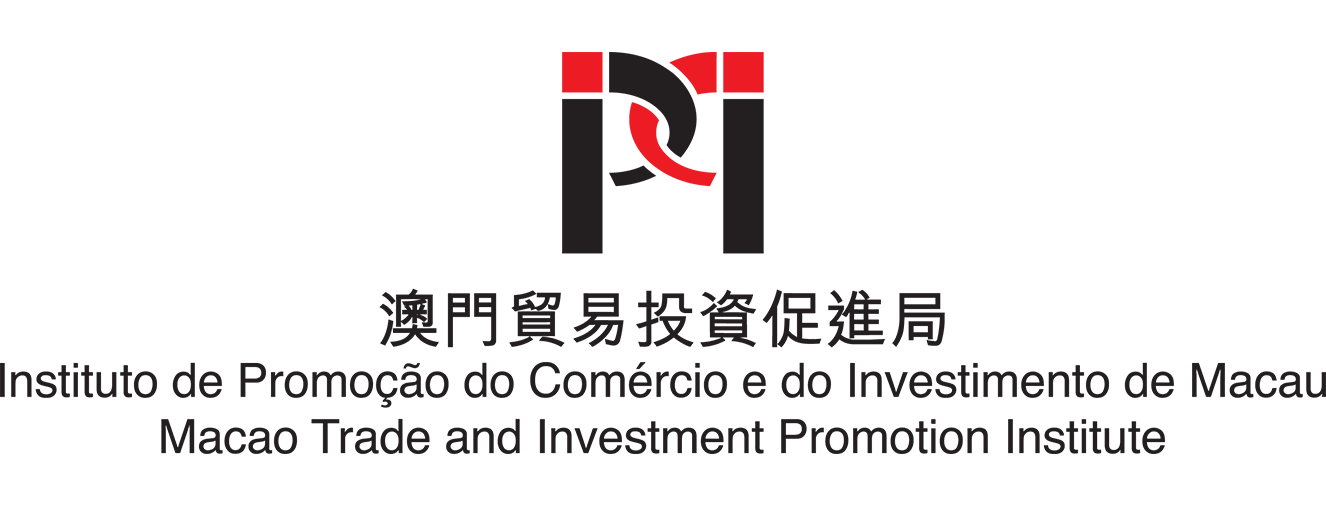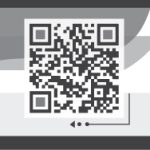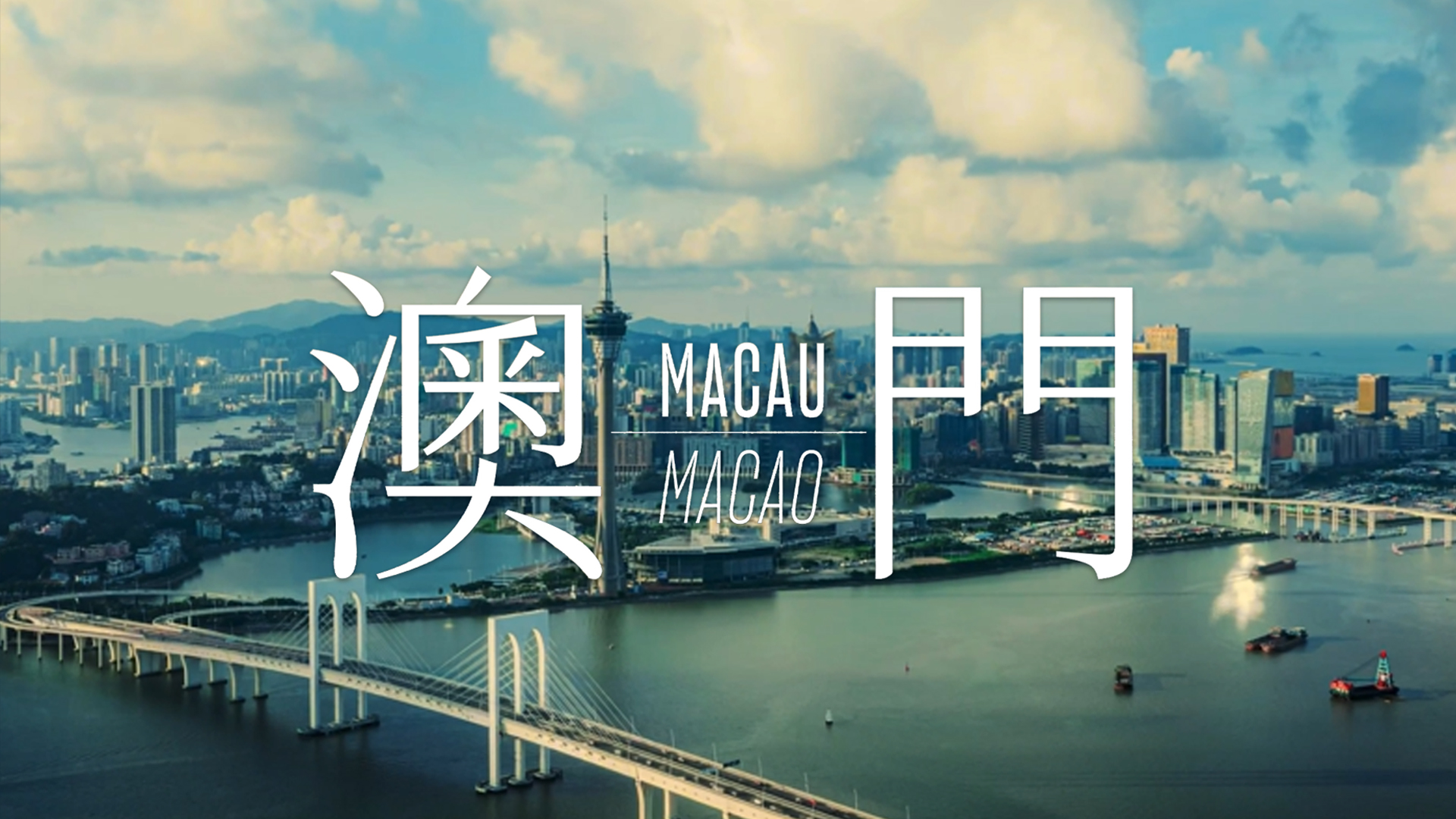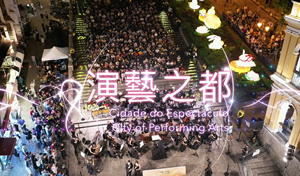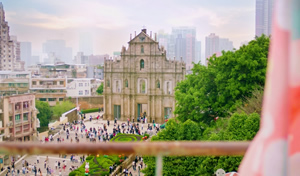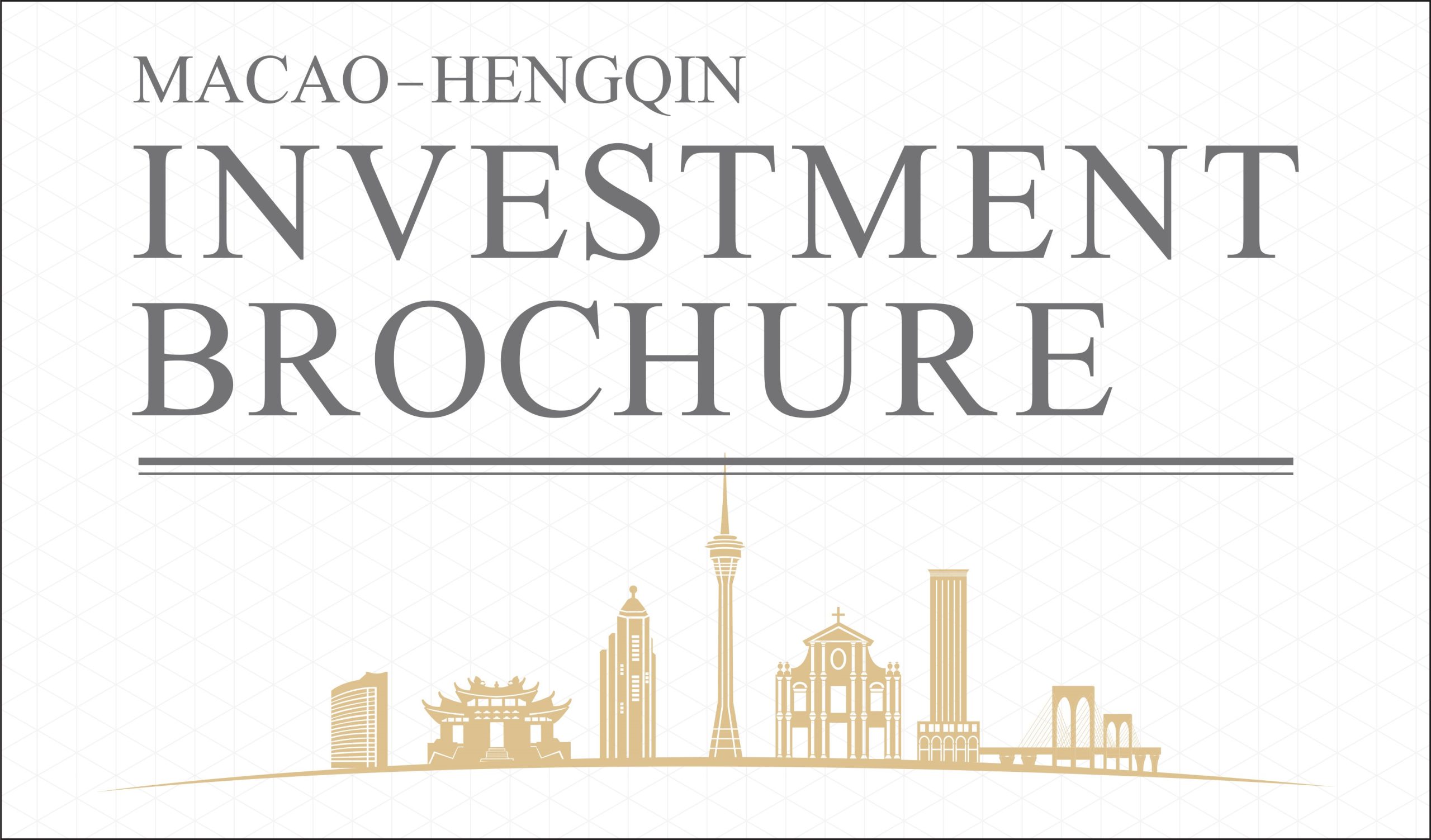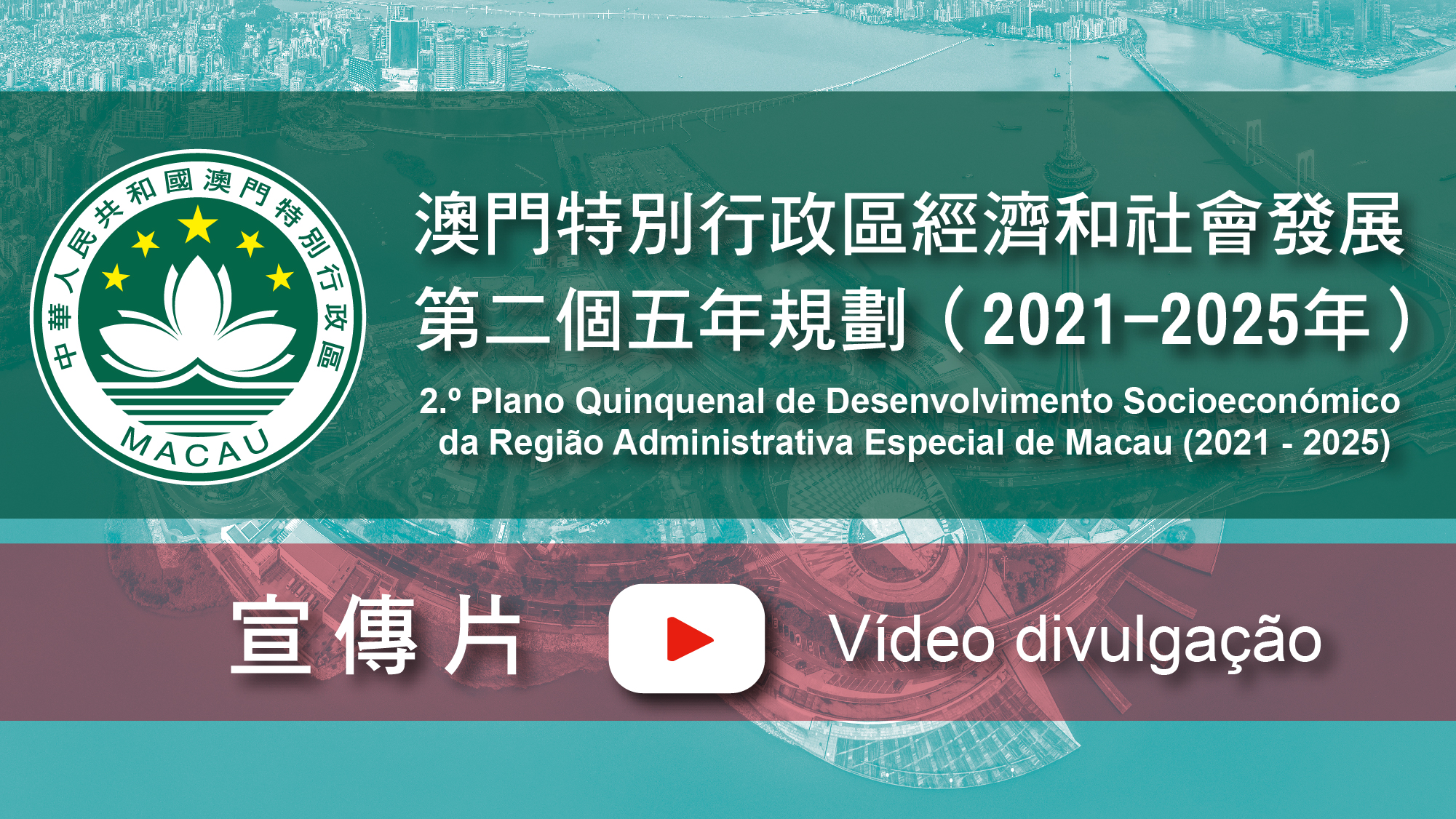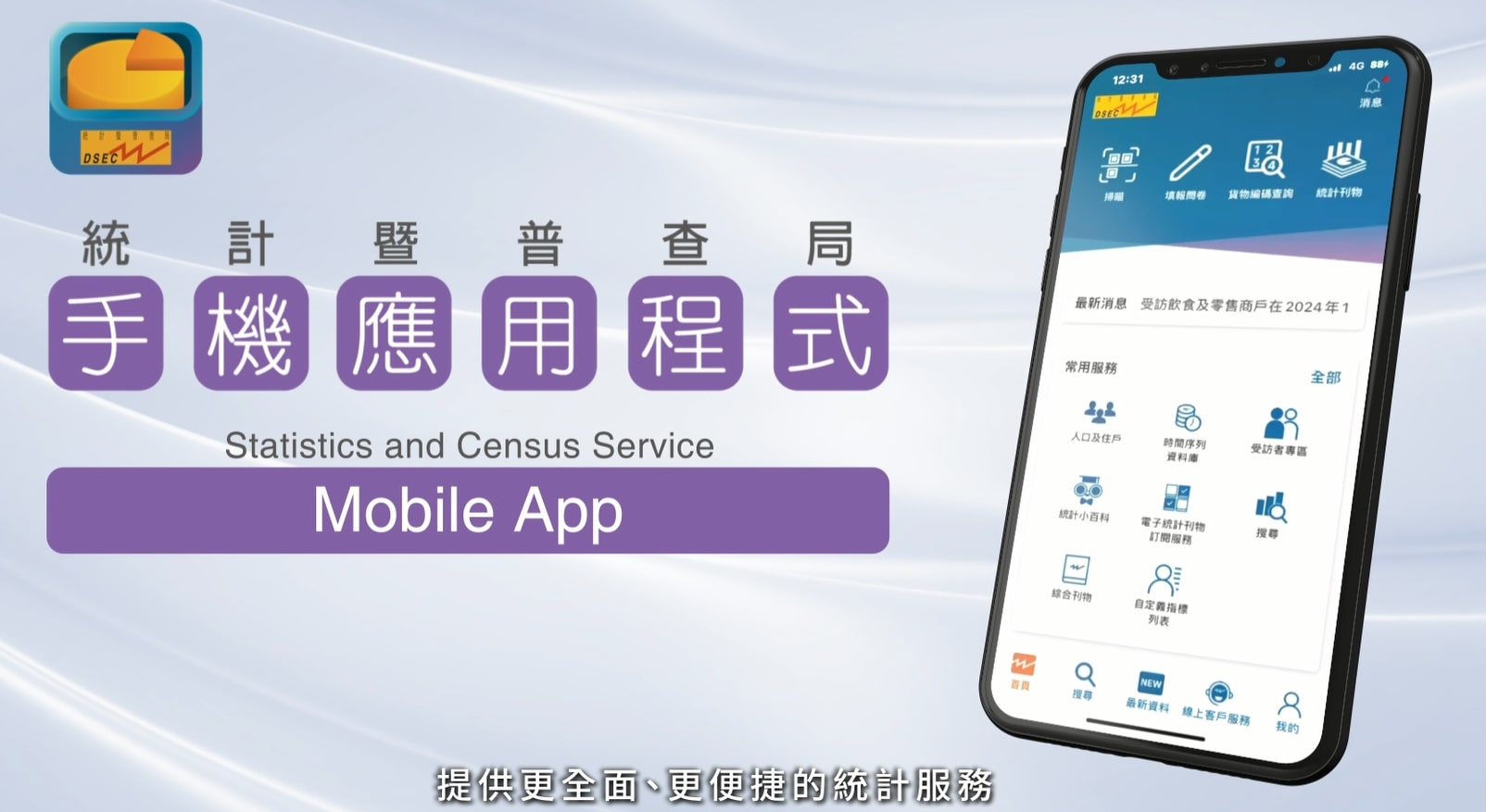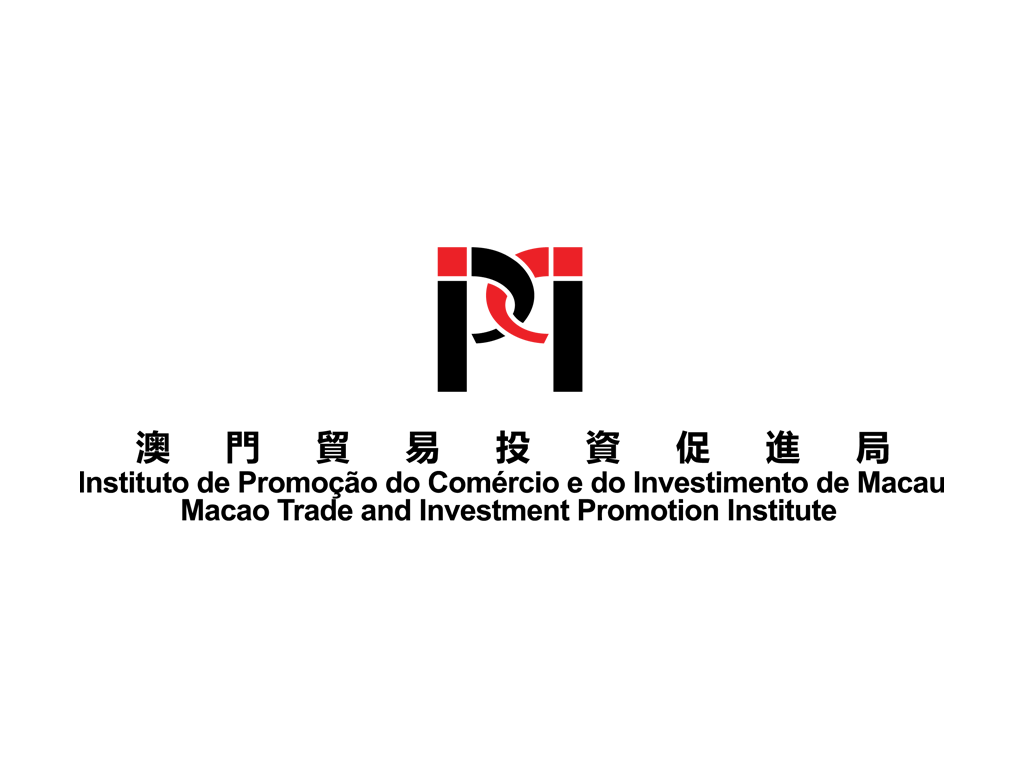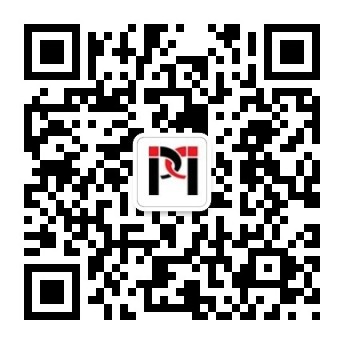Search Issues
Republic of Singapore
The Republic of Singapore, or Singapore, is composed of Singapore Island and the surrounding 63 islets, covering a total of 722.5 square kilometres (as of 2018) with Singapore Island accounting for 88.5% of the country’s land area. At the Melaka estuary, Singapore is located in the south part of the Malay Peninsula, bordering Malaysia on the north across the Straits of Johor and Indonesia on the south across the Singapore Strait. Singapore has a population of 5.63 million, which includes 3.99 million local citizens (as of 2018). The country ranks the third in population density worldwide, following Macao and Monaco. Approximately 75% of the total population are Chinese. Malay is the single national language of Singapore and Malay, English, Chinese and Tamil are commonly used languages of Singapore, with English serving as the official language. Most of the Singaporeans can use at least two of the above mentioned languages fluently. Buddhism, Christian and Islam are the main religions in the country.
As the only developed country in Southeast Asia, Singapore is one of the most crucial financial, service and air transportation hubs in Asia. The unemployment rate of Singapore is only 2.1% and it has a labour force participation rate of 67% (as of 2018), generating a GDP higher than most of the developed country. Driven by foreign trade, the economy of Singapore is pillared by the exportation of electronic products, petroleum products, medical and optical equipment, as well as transportation, commercial and financial services. Its major trading partners include China, Malaysia, USA and Indonesia. In 2017, the service sector and industry respectively accounted for 75.2% and 24.8% of Singapore’s GDP. At present, Singapore is a member of a number of international organisations such as the World Trade Organisation, Commonwealth of Nations, the Association of Southeast Asian Nations, the Indian Ocean Rim-Association for Regional Co-operation, the Asia-Pacific Economic Co-operation.
China established diplomatic ties with Singapore on 3 October 1990, allowing frequent high-level connection since then. In April 2018, the Prime Minister of Singapore Lee Hsien Loong was invited to the Boao Forum for Asia Annual Conference 2018 and to China for working visit. Thanks to the diplomatic relation, China and Singapore set up embassies on each other’s land. Singapore has established its consulates general in Shanghai, Xiamen, Guangzhou, Chengdu and Hong Kong.
The economic collaboration between China and Singapore has grown speedily. Between 2013 and 2017, China was the largest trading partner of Singapore for five consecutive years and Singapore was China’s largest foreign investor of for five consecutive years. In 1999, both countries signed a memorandum of understanding to boost the China-Singapore economic co-operation, trade and investment, and set out the bilateral communication mechanism. Afterwards, a number of economic collaboration agreements were signed between China and Singapore, including the Investment Promotion and Protection Agreement, the Agreement for the Avoidance of Double Taxation and the Prevention of Tax Evasion, the Maritime Transport Agreement, the Agreement on Cooperation in telecommunication, the Agreement on Establishment of China-Singapore Investment promotion Committee, the China-Singapore Free Trade Agreement and the China-Singapore Free Trade Agreement Upgrade Protocol. In the meantime, Singapore has built economic collaboration mechanism with seven provinces in China, namely, Shandong, Sichuan, Zhejiang, Liaoning, Tianjin, Jiangsu and Guangdong. The two countries also have close exchange and signed agreements in a wide range of domains including science and technology, education, culture, tourism, environmental protection and finance. In May 2017, China and Singapore inked a memorandum of understanding on joint promotion of Belt and Road construction. Between 12 and 16 November 2018, the Premier of the State Council of the People’s Republic of China Li Keqiang conducted an official visit to Singapore and attended the East Asia Leaders Summit, furthering the partnership between China and Singapore.
Business information
Resources
Natural resources are scarce in Singapore.
Industry
Singapore is pillared by manufacture and construction industries. The major components of its manufacture industry are electronics industry, chemical industry and chemical engineering, biology and medicine, precision machinery, transportation equipment, petroleum and petroleum refinery. Singapore is the third largest oil refinery centre worldwide.
Agriculture
The industrial output of agriculture accounts for less than 0.1% of the country’s economy. Most of the food in Singapore is imported from Malaysia, China, Indonesia and Australia.
Service Industry
Composing of financial services, retail and wholesale trade, tourism, transportation, telecommunication, commercial services, the service industry is a major economic driver of Singapore.
Tourism Industry
Tourism has a significant position in Singapore and it is one of the major sources of foreign currency. In 2017, there were more than 17.42 million visitor arrivals, which led to a hotel occupancy rate of over 84.7%.
Transportation
With its well-developed transportation system and facilitations, Singapore is an important aviation hub that connects Asia, Europe, Africa and the Oceania. Changi Airport has been ranked the world’s best airport for consecutive years. It now connects more than 400 cities in over 100 countries, with more than 7,200 flights departing from and arriving the airport every week, handling more than 2.1 billion tons of goods weekly. In respect of sea transportation, Singapore has the busiest port in the world and one of the most important re-export hub in Asia. In 2017 alone, Singapore’s ports handled more than 627.6 billion tons of goods.
Main Economic Indicators 2017
| Gross Domestic Product (international exchange rate)(US$billion) | 323.90 |
| Gross Domestic Product (purchasing power) (US$ billion) | 527.02 |
| Real GDP Growth (%) | 3.6 |
| GDP Per capita (US$) | 57,714.3 |
| GDP Per capita (purchasing power) (US$) | 93,905.4 |
| Inflation (%) | 0.9 |
| Area (sq km) (as of 2018) | 722.5 |
| Population (thousand people) (as of 2018) | 5,638.7 |
Source:
World Bank, https://data.worldbank.org/
Department of Statistics of Singapore, https://www.singstat.gov.sg/
Major Trading Countries/Regions of Singapore in 2017
| Main Destinations for Exports | % |
| China | 14.5 |
| Hong Kong | 12.3 |
| Malaysia | 10.6 |
| Indonesia | 7.5 |
| United States | 6.3 |
| Main Origin for Import | % |
| China | 513.8 |
| Malaysia | 11.9 |
| United States | 10.5 |
Source: Department of Statistics of Singapore, https://www.singstat.gov.sg/
Foreign Trade 2017 (unit: US$ billion)
| Year | Total Trade | Exports | Imports |
| 2017 | 713.8 | 333.7 | 380.1 |
Major export commodities: refined oil, electronics, medicines and chemical engineering products
Major import commodities: electronic components, fossil fuel, raw chemical materials, crude oil, food
Source: Department of Statistics of Singapore, https://www.singstat.gov.sg/
China-Singapore Import and Export Trade (unit: US$ billion)
| Year | Total Trade | Exports | Imports |
| 2017 | 79.24 | 45.02 | 34.22 |
Source: General Administration of Customs of the People’s Republic of China, http://www.customs.gov.cn/
Macao-Singapore Bilateral Trade 2017
| Type of Trade | Weight (KG) | Patacas (MOP million) |
| Imports | 202,522,081 | 1,010.94 |
| Exports | 125,840 | 55.10 |
| Total | 202,647,921 | 1,066.04 |
Source: Statistics and Census Service of the Macao SAR Government, https://www.dsec.gov.mo/
SOURCE
Economic Development Board of Singapore
https://www.edb.gov.sg/
Department of Statistics of Singapore
https://www.singstat.gov.sg/
Ministry of Foreign Affairs of the People’s Republic of China
https://www.fmprc.gov.cn/
World Bank
https://data.worldbank.org/
General Administration of Customs of the People’s Republic of China
http://www.customs.gov.cn/
Statistics and Census Service Bureau of the Macao SAR Government
https://www.dsec.gov.mo/
